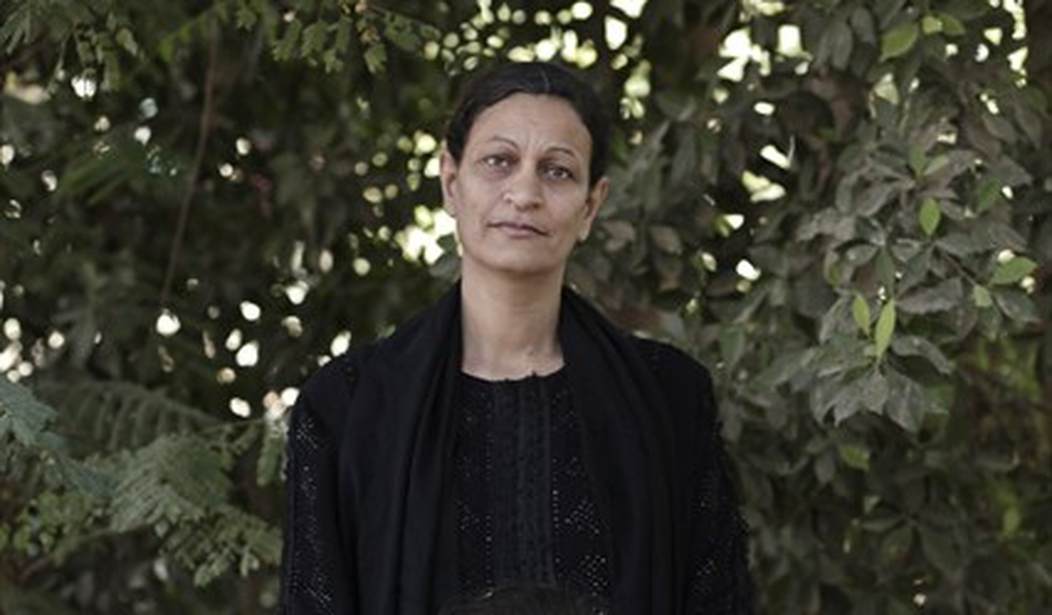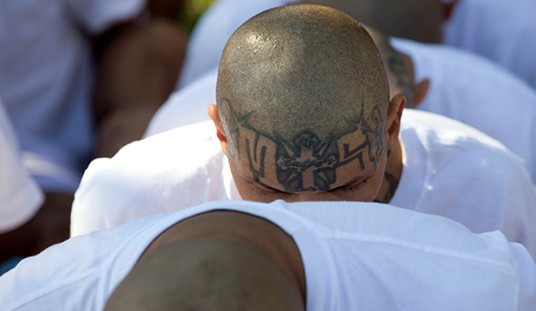Gambia's National Assembly voted on Monday to advance a bill that would roll back the ban on Female Genital Mutilation (FGM).
The media, in their never-ending sensitivity to the cultural barbarity of Third World countries, now refers to the practice of dehumanizing women by removing their ability to experience sexual pleasure as "Female Genital Cutting." I suppose they're trying to make it sound like cutting fingernails or toenails, right?
It's not. There are four primary types of FGM, each one more painful and agonizing than the next.
These procedures are often done without anesthesia or sterile instruments. In the third procedure, a small opening is left to allow for urination and menstrual flow. The stitching is removed when the girl is married to allow for intercourse, but the physical injury and infection that often results from these procedures can make intercourse painful.
According to the WHO, "the procedure is generally tied to beliefs about acceptable sexual behavior, meant to deter promiscuity and strip women of erotic desire — or, potentially, enjoyment."
In Gambia, 75% of women have already undergone FGM. Globally, more than 200 million women have been barbarically mutilated.
“It is a rollback on women’s rights and bodily autonomy,” said Jaha Dukureh, a Gambian activist. Her little sister died as a result of a flawed operation when she was a baby. “It is a rollback in terms of telling women what to do with their own bodies. This is all this is.”
FGM is not a religious practice or rite. There is nothing in any religion that requires it; it's a custom and tradition in many parts of Africa. Yet Gambian supporters of the rollback claim that banning it infringes on "religious freedom."
Most of the people who’ve been cut are from Africa. The practice is almost universal in Somalia and in Guinea, and more than 80 percent of girls undergo the procedure in Egypt, Sudan, Djibouti, Mali and Sierra Leone. But it also happens in some communities in Iraq, Yemen, Indonesia and Malaysia.
In Africa, the population is growing faster than efforts to stop genital mutilation, which explains why the number of girls who are cut is rising.
Most anti-cutting campaigners locate the roots of the custom in ideas about virginity and control over women’s sexuality. Archaeologists in Egypt have discovered mummies from the fifth century B.C. with mutilated genitals. An archaeologist who studies sites in Somaliland says cutting began as a form of divine sacrifice. Other scholars argue that it is spread across such a vast array of cultures that it was adopted independently by different groups
“If people are being arrested for practicing F.G.M., then that means they are being deprived of their right to practice religion,” one member of parliament, Lamin Ceesay, said,
Related: Look Whose District Has Become a Third-World Brothel and Bazaar
It's believed that the measure will pass the National Assembly and become law. And Gambian activists are worried that other banned customs like child marriage could also make a comeback.
How many other African countries will join the race back to the 15th century?










